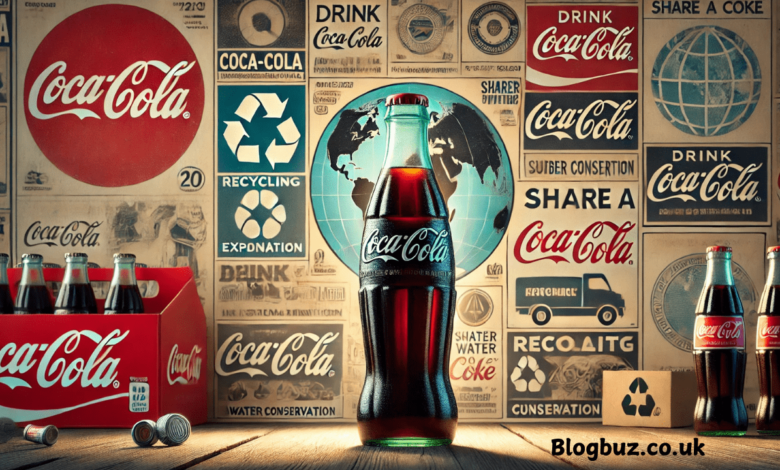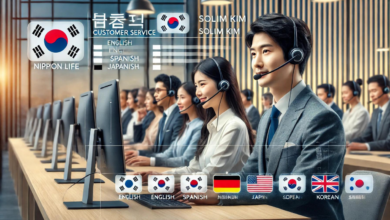https://clicpagado.blogspot.com/2024/04/coca-cola.html

Coca-Cola, often called Coke, is more than just a beverage; it’s a global icon that has captivated the taste buds and hearts. From its inception in 1886 by Dr. John S. Pemberton in Atlanta, Georgia, Coca-Cola has grown into one of the most recognized brands globally. This article delves into the history, marketing innovations, and sustainability efforts that have defined Coca-Cola’s path to becoming a beverage titan.
The Birth and Rise of Coca-Cola
Coca-Cola began as a medicinal tonic, containing extracts of coca leaves and kola nuts. Pemberton’s initial intention was to create a cure for headaches and nervous disorders. However, it soon transitioned into a popular soda fountain drink, marketed for its refreshing qualities rather than medicinal benefits.
In the early 20th century, Coca-Cola mastered the art of advertising with catchy slogans like “Drink Coca-Cola” and “Delicious and Refreshing.” Each decade brought a new marketing campaign that resonated deeply with consumers, ingraining the brand into the fabric of society. One of the most revolutionary marketing strategies was creating the iconic Coca-Cola bottle in 1915, designed to be recognized even in the dark.
Global Expansion and Cultural Integration
Coca-Cola’s strategy for global expansion was as unique as its recipe. During World War II, the company took a significant step by ensuring that soldiers received Coke for just five cents wherever they were stationed. This not only boosted morale but also solidified Coke’s presence globally. Post-war, as Coca-Cola entered new markets, it tailored its advertising to blend seamlessly with local cultures, making it a global symbol of refreshment.
Innovative Marketing Campaigns
The brand’s marketing success can also be attributed to its innovative campaigns that often set trends in the advertising world. Campaigns like “Share a Coke,” where bottles were personalized with names and phrases, created a personal connection with consumers and encouraged sharing through social media. Another landmark campaign was “The Coke Side of Life,” which promoted optimism through brand messaging.
Sustainability Efforts
As environmental concerns became more prominent, Coca-Cola shifted its focus towards sustainability. The company has committed to substantial goals like reducing carbon emissions, improving water efficiency, and enhancing packaging sustainability. Coca-Cola’s “World Without Waste” initiative aims to collect and recycle the equivalent of every bottle it can sell globally by 2030.
Challenges and Controversies
Despite its success, Coca-Cola has faced its share of controversies, including health concerns over sugar consumption and criticisms over environmental issues. In response, Coca-Cola has diversified its product portfolio to include healthier options like Diet Coke, Coca-Cola Zero, and a variety of non-soda beverages.
Conclusion
Coca-Cola’s journey from a humble tonic to a global powerhouse exemplifies the power of branding, innovation, and adaptability. Its ability to resonate with consumers, adapt to changing market dynamics, and address global challenges continues to make it a leader in the beverage industry.
FAQS on https://clicpagado.blogspot.com/2024/04/coca-cola.html
When was Coca-Cola invented, and who created it?
Coca-Cola was invented in 1886 by Dr. John S. Pemberton in Atlanta, Georgia. Initially created as a medicinal tonic, it quickly became a popular soda fountain beverage.
How did Coca-Cola become a globally recognized brand?
Coca-Cola expanded globally through strategic marketing, innovative advertising campaigns, and cultural integration. During World War II, the brand ensured soldiers had access to Coke worldwide, strengthening its global presence.
What are some of Coca-Cola’s most famous marketing campaigns?
Some of Coca-Cola’s iconic campaigns include “Share a Coke,” which personalized bottles with names, and “The Coke Side of Life,” promoting optimism. The classic “Always Coca-Cola” and holiday ads featuring Santa Claus are also widely recognized.
How is Coca-Cola addressing environmental concerns?
Coca-Cola has launched initiatives like “World Without Waste,” aiming to collect and recycle the equivalent of every bottle sold by 2030. It is also working on reducing carbon emissions and improving sustainable packaging.
What challenges has Coca-Cola faced over the years?
Coca-Cola has faced challenges such as concerns over sugar consumption, health-related criticisms, and environmental issues. The company has diversified its product line with healthier alternatives like Diet Coke, Coca-Cola Zero, and non-soda beverages.
You May Also Read: Discover the High Noon Sun Sips Variety Pack (85000031513)




